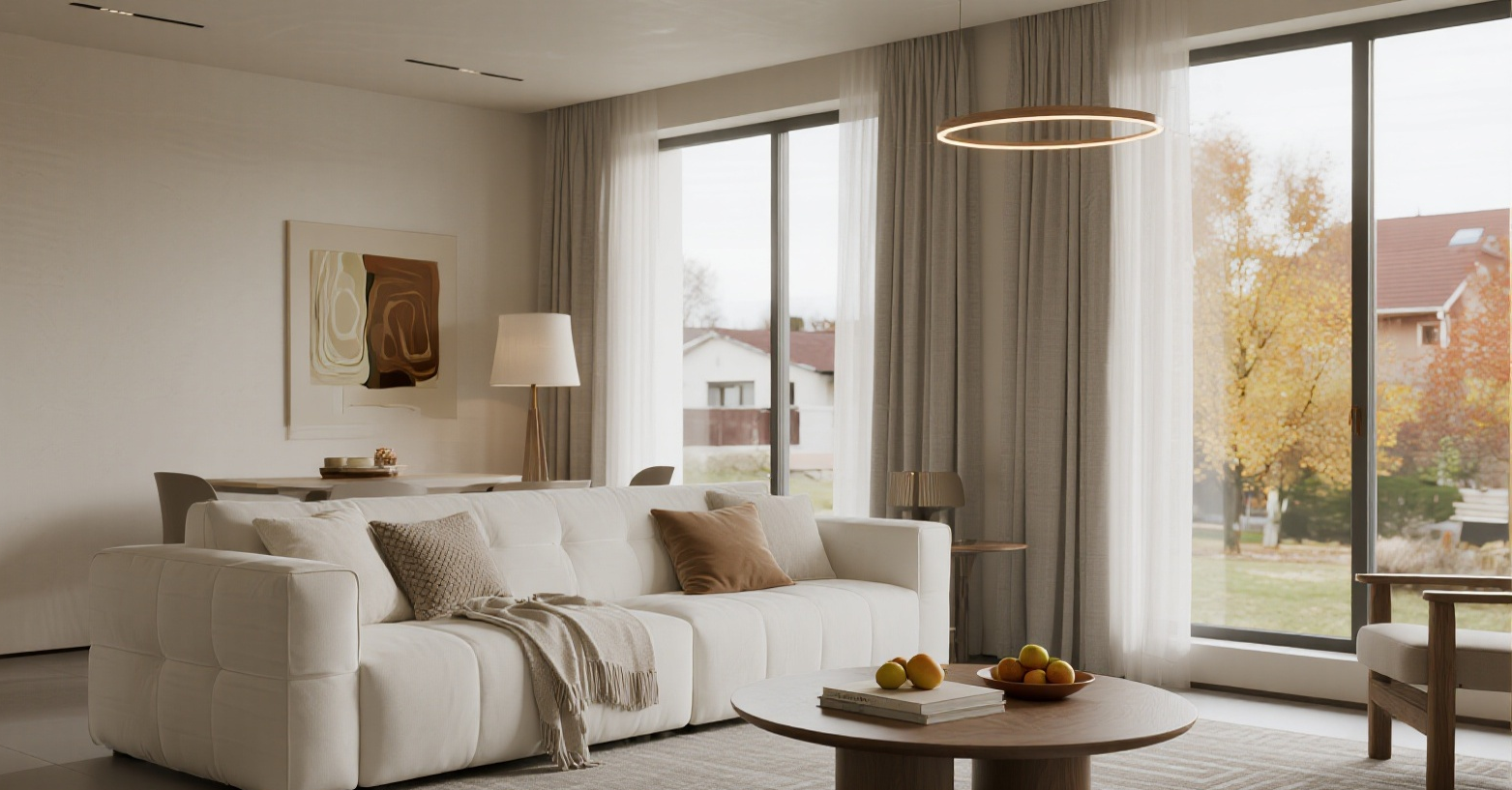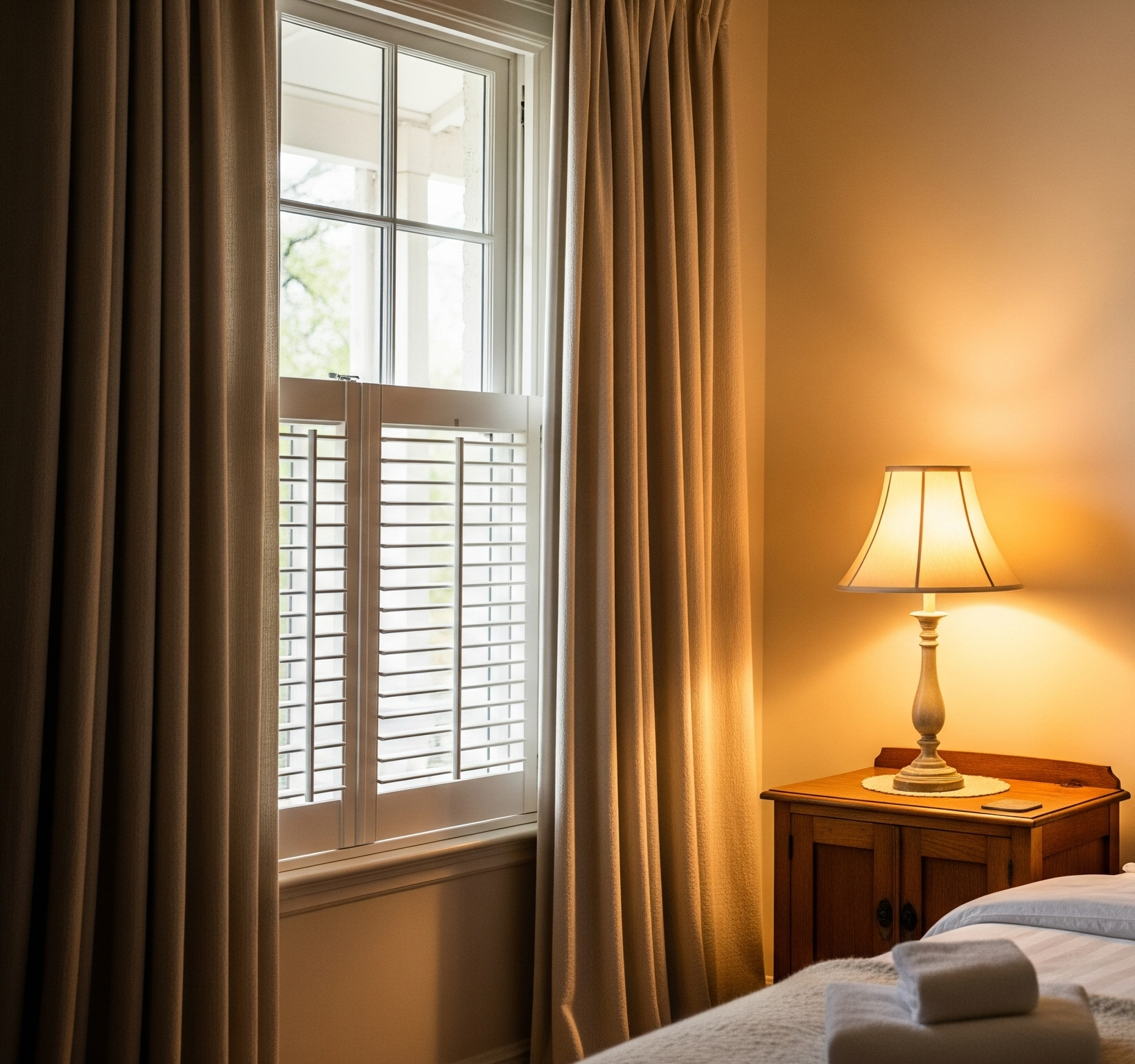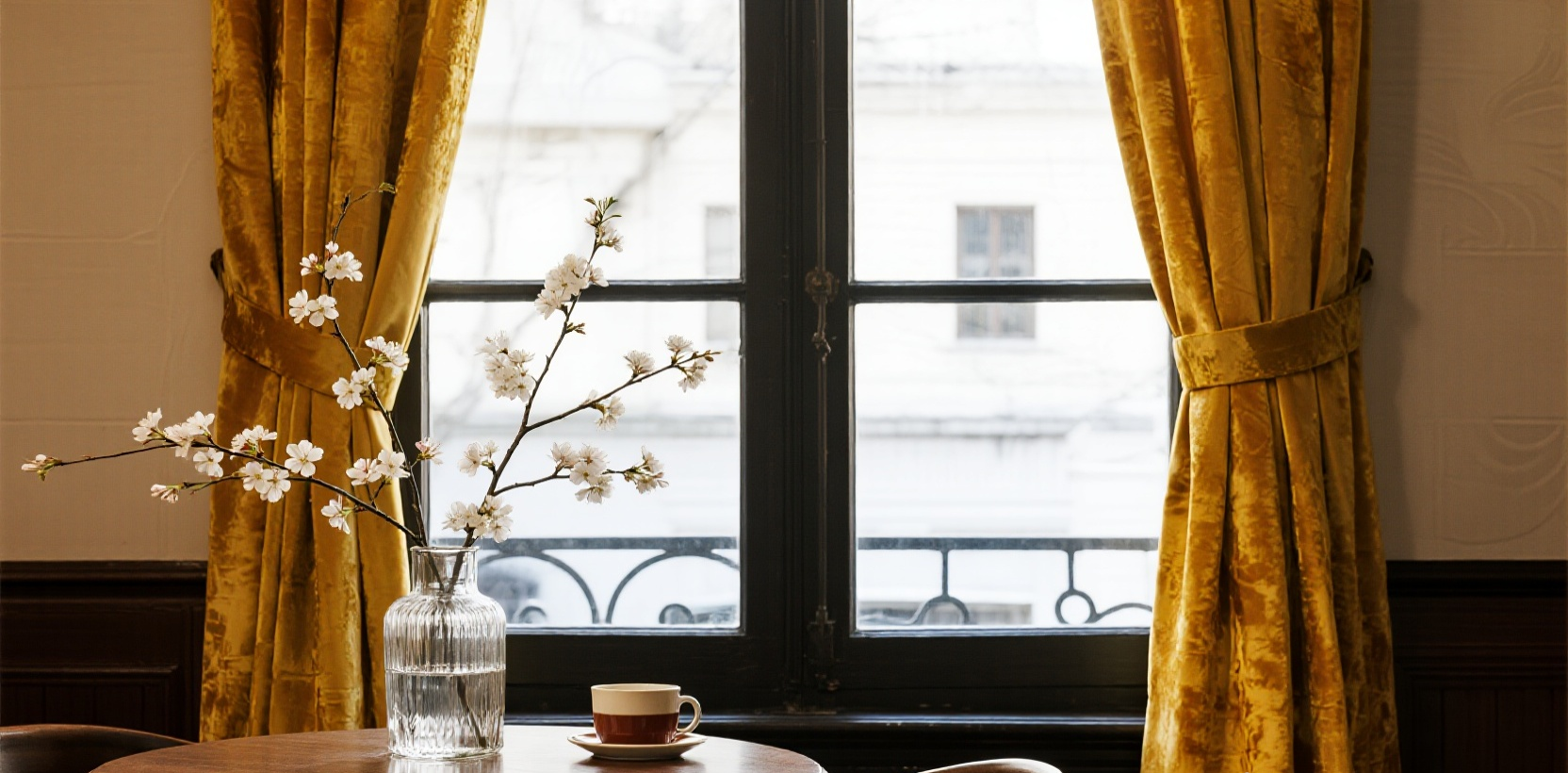Where to use velvet?
Heavy fabrics like velvet are perfect for adding drama to bedrooms or more formal lounge areas. They suit low traffic areas well as a statement fabric.
Features & benefits
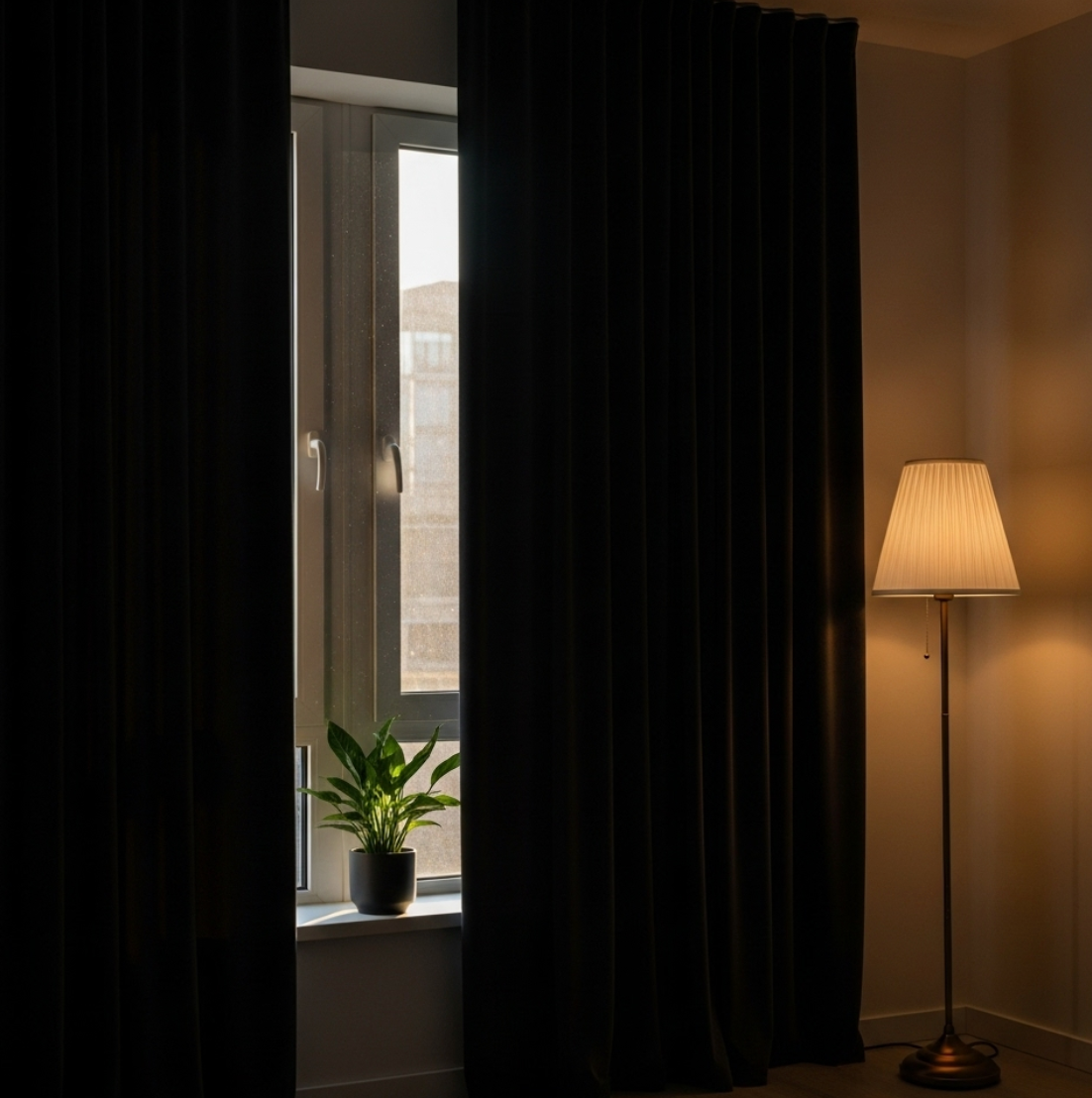
Where to use velvet
Velvet and other heavy fabrics are ideal for creating a dramatic effect in bedrooms or formal lounges, making a striking statement in spaces with lighter use.
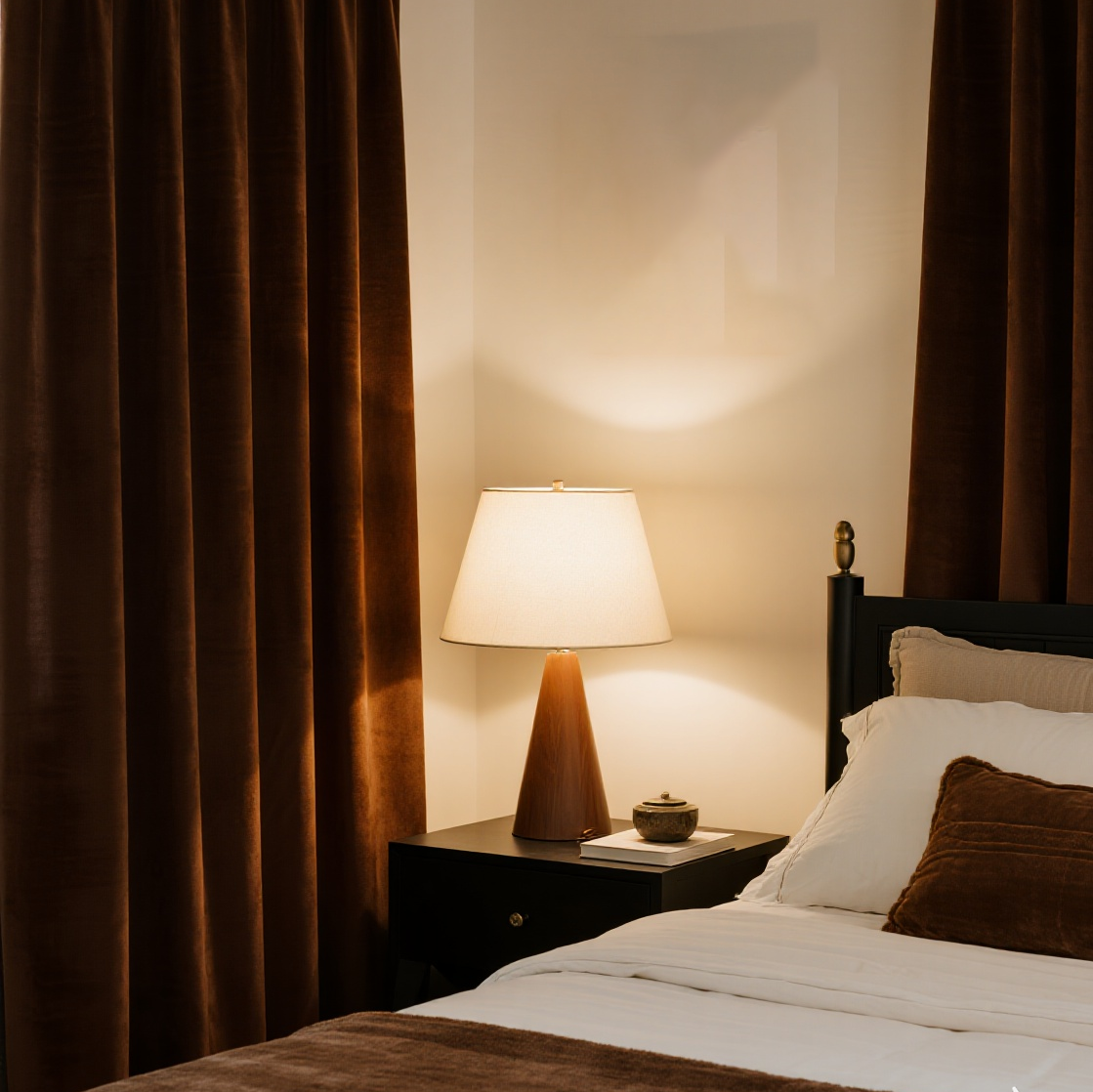
Bold and luxurious
Pair text with an image to focus on your chosen product, collection, or blog post. Add details on availability, style, or even provide a review.
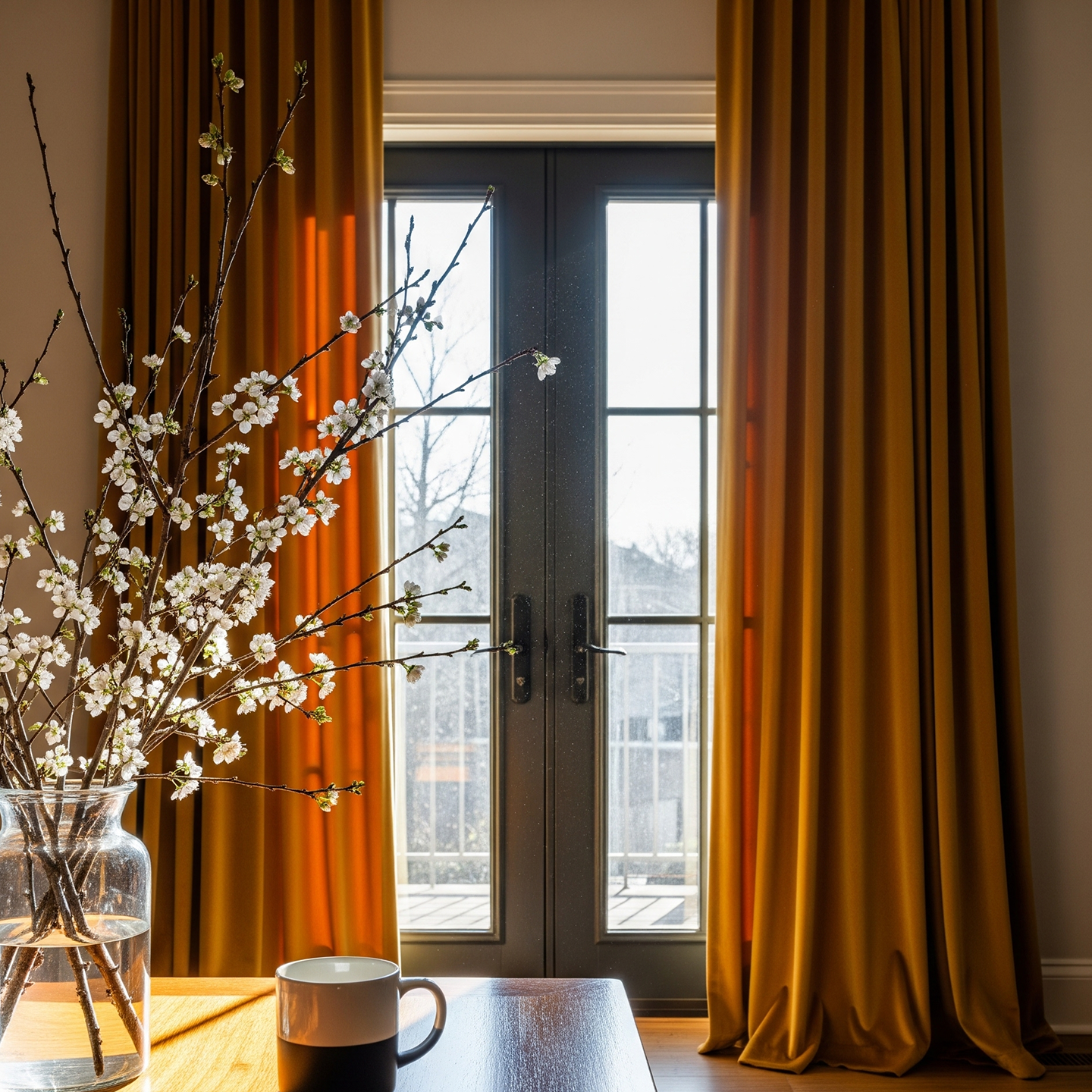
Cleaning velvet curtains
Velvet is a sensitive fabric, so cleaning velvet curtains needs special care. For small spots, lightly blot with warm water and mild soap. For a thorough clean, professional cleaning is usually recommended.
Frequently Asked Questions
What are the styles of Velvet curtains?
Blackout Velvet Curtains – Heavy lining blocks light and adds insulation.
Sheer-Blend Velvet Curtains – Mixed with sheer fabrics for softness and light diffusion.
Unlined Velvet Curtains – Lighter drape, less formal, good for layering.
How to install Velvet curtains?
- Measure & Mark
Decide how high and wide you want the curtains to hang.
For a more dramatic look, mount the rod a few inches above the window frame and extend it beyond the sides.
Mark bracket positions with a pencil and use a level to keep them straight. - Install the Brackets
Drill pilot holes where you marked.
Screw the brackets into place.
If mounting on drywall without studs, use wall anchors to support the weight of velvet. - Attach the Curtain Rod
Slide the velvet curtains onto the rod (through rod pocket, grommets, or rings, depending on style).
Place the rod into the brackets. - Arrange the Curtains
Spread the panels evenly.
If they’re extra long, let them graze the floor for a tailored look or puddle slightly for drama. - Final Touches
Steam or gently shake to remove folds and creases.
Add tiebacks if you want to style them open.
How to measure Velvet curtains
Measuring velvet curtains is similar to other curtain types, but since velvet is heavy and dramatic, you’ll want to plan for extra width and the right length to showcase the fabric properly. Here’s how:
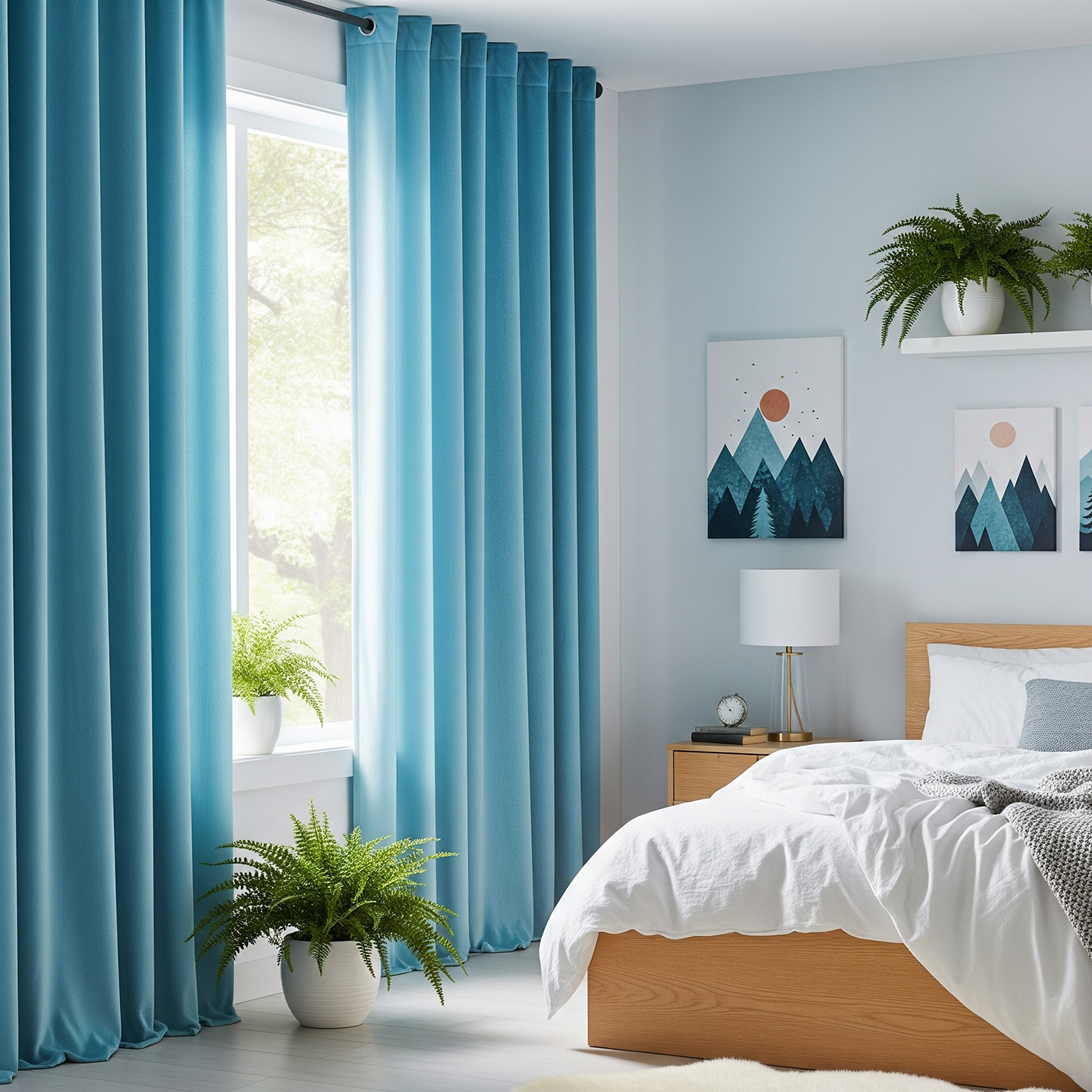
Step 1:
Measure the Rod (Width)
- Measure the curtain rod (not the window frame).
- To create fullness, multiply the rod width by 1.5–2 times (velvet drapes beautifully when it gathers).
- Example: If your rod is 100 inches wide → order 150–200 inches of curtain fabric in total.
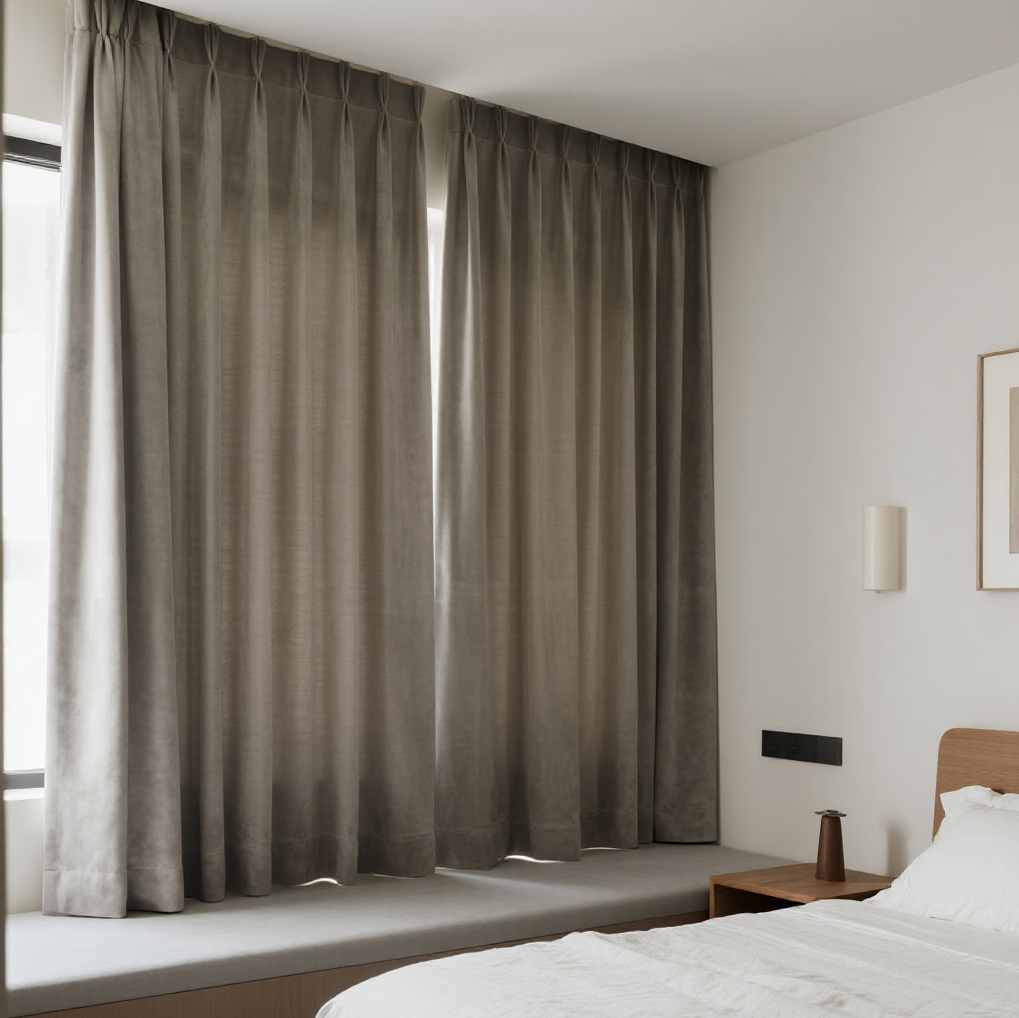
Step 2:
Decide the Curtain Length (Drop/Height)
- Measure from the top of the rod (or rings) down to where you want the curtain to fall:
- Sill length → Ends at or just below the window sill.
- Apron length → Ends a few inches below the sill.
- Floor length → Just touches the floor for a neat, tailored look.
- Puddle length → Extends 1–6 inches past the floor for a luxurious, dramatic effect (popular for velvet).
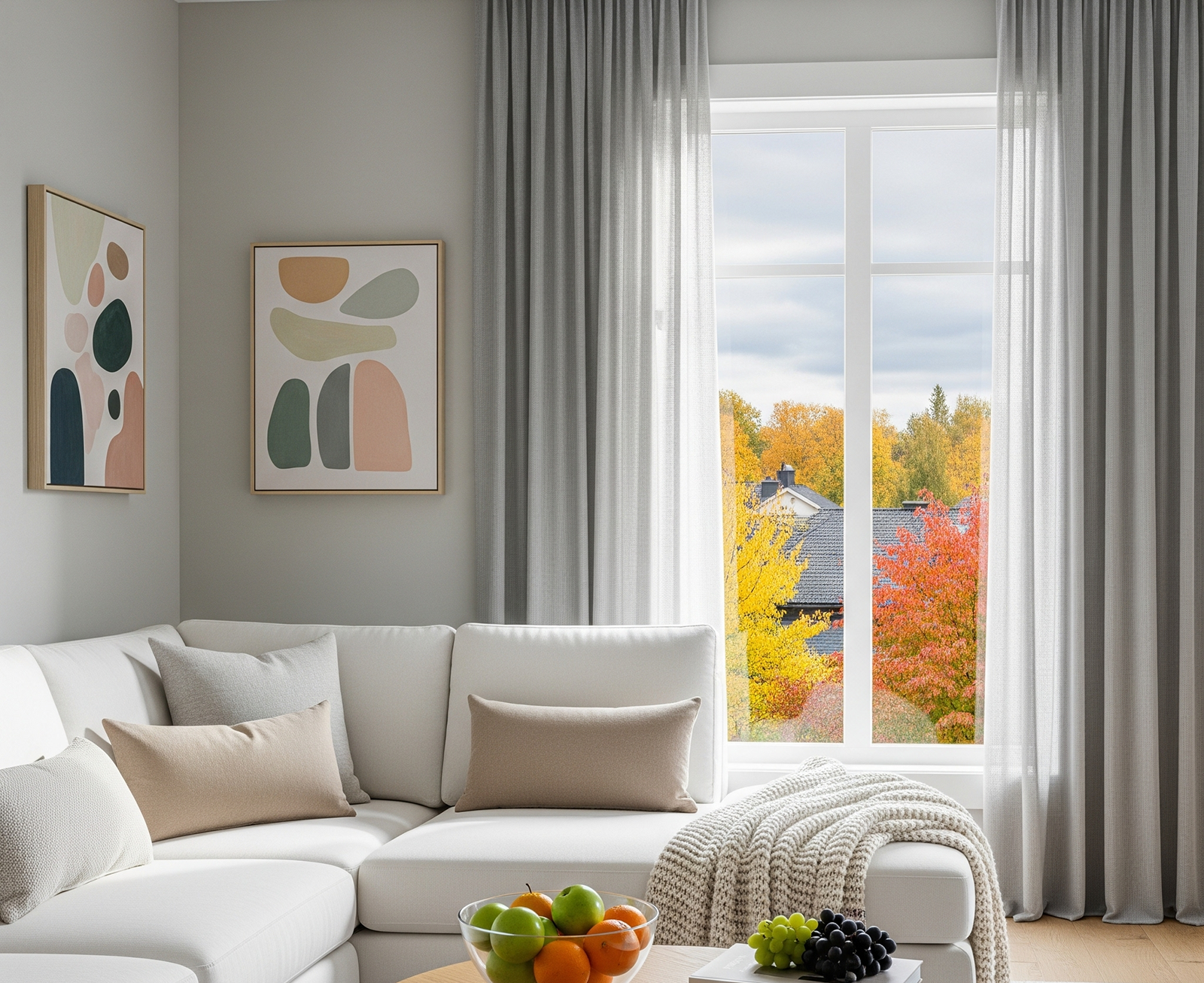
Step 3:
Choose the Header Style
- If using grommets, tabs, or rings, start measuring from the top of the hardware.
- If using a rod pocket or pleats, start from the top of the rod itself.




